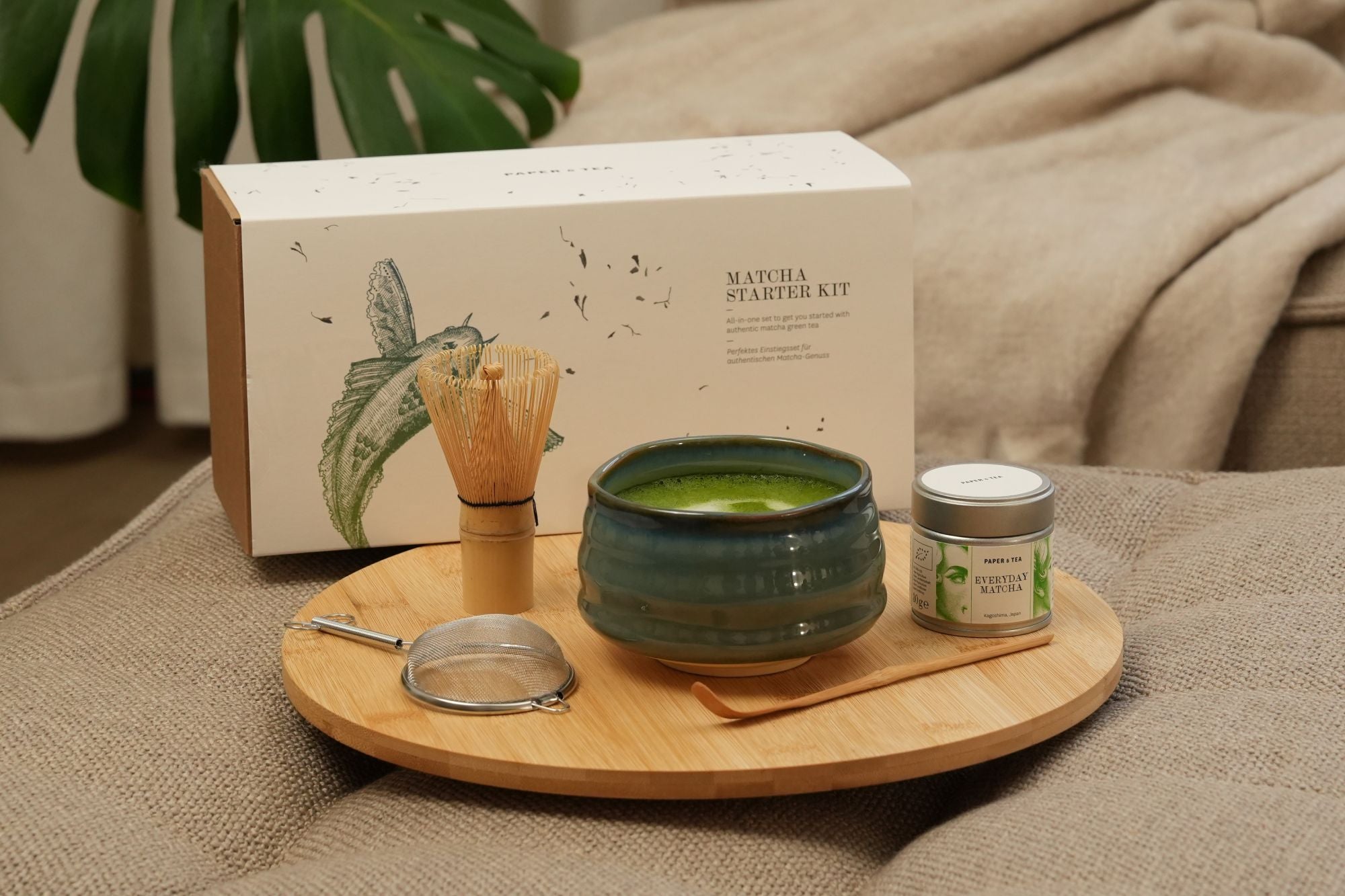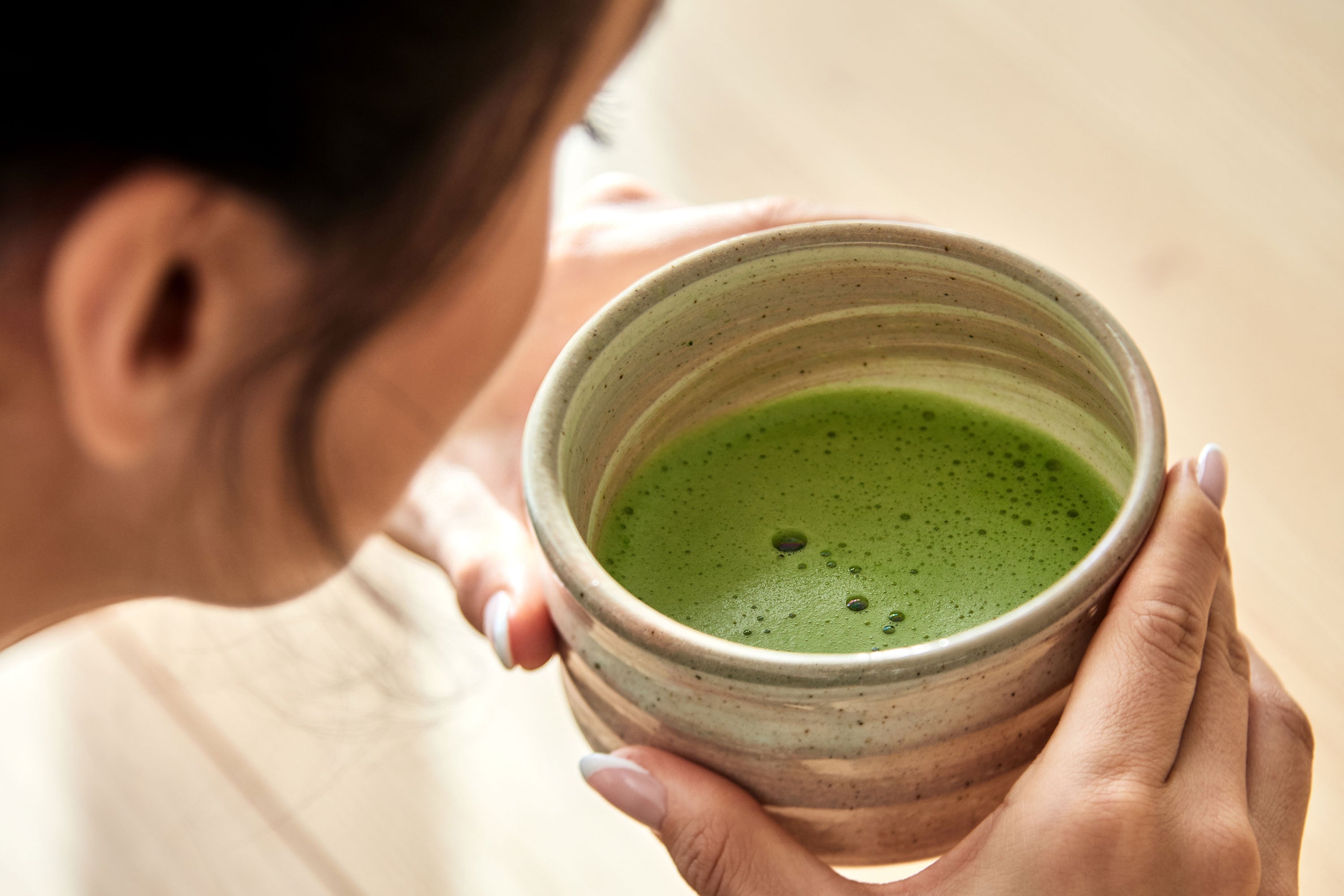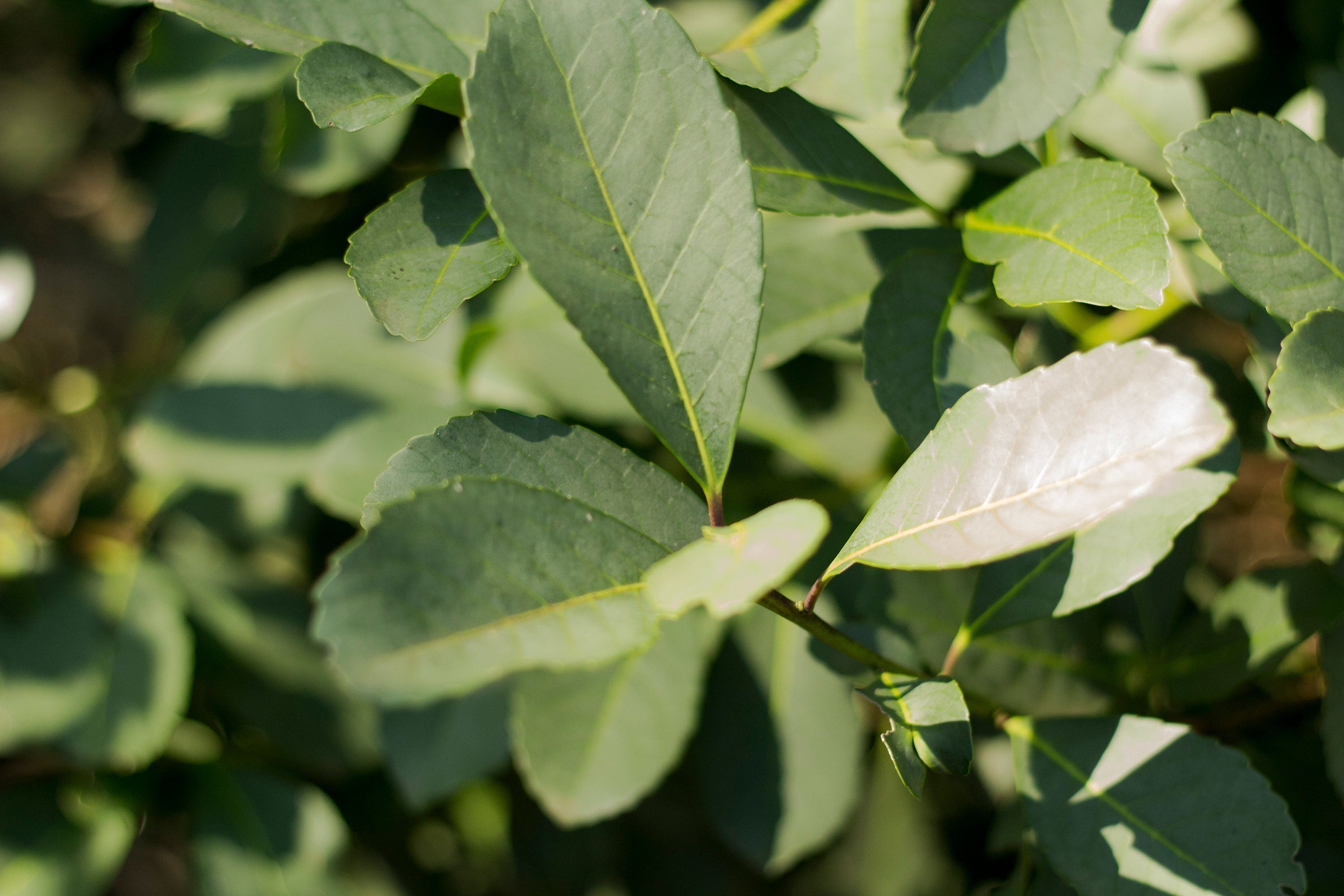Imagine holding a beautiful, warm cup of tea in your hands. The pleasant aroma wafts towards your nose, and you watch the gentle curls of steam rise. You take a deep breath and close your eyes. In moments like these, you consciously enjoy the quiet, finding yourself genuinely present.
For thousands of years, tea has been a crucial element on the journey to mindfulness and inner peace in Buddhist culture. In countries with rich Buddhist traditions, such as Japan, China, Thailand, Myanmar, Vietnam, Nepal, and Tibet, tea holds a central place. This article will explore the essence of Buddhism and how tea plays a significant role in this world religion.
The Symbolism of Tea in Buddhist Philosophy
Buddhism is one of the world's oldest spiritual teachings and is among the five major world religions. Its principles are based on the teachings of Siddhartha Gautama, born around the 5th century BCE in Lumbini, located in present-day Nepal. He spent his life seeking enlightenment, earning the name Buddha, meaning "The Enlightened One." In Buddhism, there is no worship of a god; instead, Buddha is revered as a wise and enlightened figure.
Buddhists aim to live by the principles of gratitude, presence, connection, and balance, striving to understand the world as it truly is – in pursuit of enlightenment. Meditation is central to this journey, and elements like singing bowls and tea can assist. In many Buddhist rituals, tea symbolizes the flow of nature and creates a connection to it.

The Roots of Tea: China and the Beginnings of Buddhist Tradition
The journey of tea begins in China. Before Buddhism spread, tea was valued in Daoism, China's oldest native belief system. This philosophy emphasized harmony between humans and the universe, promoting a life of serenity and mindfulness. Buddhist texts first began to be translated into Chinese a few centuries after the Common Era, with widespread adoption occurring by the 7th century CE.
Both Daoism and Buddhism share meditation as a foundational practice – focusing, finding stillness beyond thoughts, and being one with the environment rather than separate from nature. Devotees incorporate the mindful preparation and enjoyment of tea into their meditation to maintain concentration. The spread of Buddhism in China is closely linked with tea, with tea cultivation in many Asian Buddhist monasteries akin to winemaking in European Catholic monasteries.
The Japanese Tea Ceremony in Zen Buddhism: Capturing the Essence of Japan
Zen Buddhism is a branch within Mahayana Buddhism that emphasizes meditation and direct experience. Emerging in China, where it is known as Chan Buddhism, this school focuses on practice rather than intellectual understanding of Buddhist teachings.
In Zen, the art of tea drinking reaches its zenith. During the tea ceremony known as Chado ("The Way of Tea"), every movement is performed with intention. The mindful preparation and drinking of tea foster a deep connection between the inner self and the surrounding nature, allowing hectic thoughts to be set aside, leaving only the tea's preparation and enjoyment in focus. The tea ceremony mirrors Zen Buddhism's core values of simplicity, tranquility, clarity, and presence. In Japan, Chado often involves Matcha. It is said that Zen monks prepared powdered green tea in China in the 9th century, and it was a Buddhist monk who introduced Matcha to Japan by the end of the 12th century.
While Japanese tea ceremonies can vary slightly in structure, the deliberate enjoyment of Matcha remains central, typically accompanied by small bites to eat provided by the host.

The Tibetan Tea Ceremony: Tradition and Community
Tea made its way to Tibet during China's Tang Dynasty (617-907). Exchanging horses for tea was common, leading to the trade route between the Chinese provinces of Yunnan and Sichuan and Tibet and India becoming known as the Tea Horse Road.
Buddhist practice played a significant role in tea's spread, as monks in Tibet drank tea to stay awake during meditation. Tibetan tea culture is unique, with tea prepared using yak butter and salt, known as butter tea (Po cha). This nourishing, warming beverage provides energy in the harsh Himalayan climate. Drinking butter tea together symbolizes hospitality and community, often shared at gatherings to strengthen bonds and create mindful moments in daily life. For many families, butter tea serves as a nutritious mainstay. In neighboring Nepal in the mountains of the Himalayas, salty butter tea is also an integral part of everyday life.
In Tibetan monasteries, butter tea is consumed at least three times a day: morning, noon, and evening. Tea holds ceremonial significance, with monks seated in rows singing religious hymns while young monks or patrons serve the tea.
Enjoying Tea Through a Buddhist Lens
During the Tang Dynasty (618-907), Buddhism became firmly rooted in Chinese culture. Zen Buddhism, in particular, garnered a large following, incorporating the ceremonial enjoyment of tea into its practice. In Buddhist teachings, tea serves not only the body but also refreshes the mind.
Tea ceremonies were held for a variety of occasions, symbolizing respect and hospitality, such as the arrival or departure of guests visiting a monastery, as well as other gatherings that included tea rituals.

Mindfulness Through Tea Drinking: A Path to Inner Peace
You might already appreciate how enriching tea can be for Buddhism through your own experiences or associations. Many connect tea with moments of solitude, taking a breath, and being in the moment. By consciously creating these instances, you can practice mindfulness and enhance your appreciation for life's simple pleasures. Mindful tea drinking can thus become a meditative practice, with Buddhism believing that tea helps clarify the mind and fosters gratitude for simplicity.
Meditation and Tea Breaks: Tea as a Symbol of Balance and Harmony
A fundamental idea of the Buddhist tea ceremony is experiencing balance between body and mind. Tea has become a medium expressing the harmony between humans and nature. The tea plant, grown within our worldly environment, through careful processing and preparation, becomes part of meditative practice and nourishes the body, uniting the spiritual with the physical.
By consuming tea mindfully and calmly, the tea ceremony reflects the philosophy of the Middle Way, avoiding extremes. Buddha conceived this concept after realizing that neither a life of luxurious excess nor one of strict asceticism could lead to enlightenment. Choosing the middle path, aligned with principles of ethics, meditation, and wisdom, is thus the ultimate goal.
Legends about Tea in Buddhism
There are several legends that attest to the special significance of tea in Buddhist culture. According to one story, Bodhidharma, the founder of Zen Buddhism, traveled from India to China to spend nine years in deep meditation. For a moment, he lost his concentration and tiredness got the better of him - his eyes closed. To prevent this from happening in the future and to never run the risk of being distracted from meditation again, the saint tore off his eyelids. Tea plants grew where they touched the ground. From then on, these provided Bodhidharma with energy for his meditation.




























